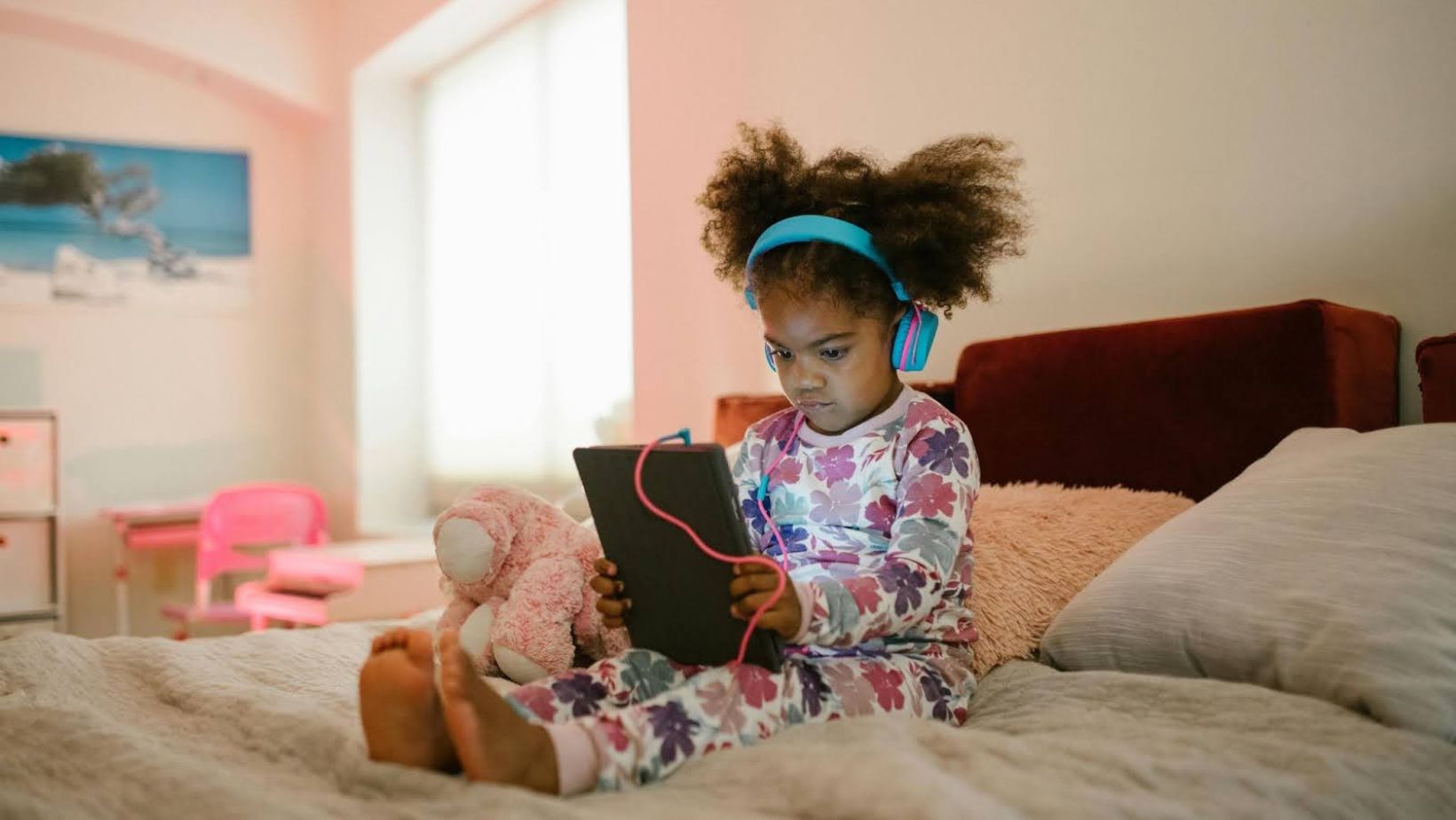The screen-time struggle came into existence with smartphones, tablets, and streaming services came into the picture. Many parents struggle everyday whether it be to get a child to sleep or through the numerous requests for “five more minutes.” But limits regarding the use of technology does not have to be a struggle.
The strategies Love and Logic offer enable parents to set boundaries with ease. The strategies have been tested through class parenting curriculums and offer effective limits.
Why Reducing Screen Time Matters?
Before taking the approach of setting boundaries, it’s important to explain to parents the consequences that come with excessive screen-time for children. Sleep deprivation, worsening anxiety, and social phobia are all results of using devices way beyond the needed time. Imagination and physical activity take a toll due to lack of free time which are vital for a child’s growth.
After understanding the consequences, parents will be encouraged to enforce strict rules. Good thing is, setting boundaries is far easier than one can expect.
The Love and Logic Strategy for Managing Screen Time
Love and Logic is a caring but clearly defined strategy that places a great deal of focus on compassion and respect. It allows parents to manage children’s decision making without constant fighting or haggling. Here are some practical suggestions based on these principles which will help you manage screen time:
Establish Clear And Concrete Rules
Children respond to orderly systems with specific rules and expectations. Rather than using vague guidelines such as, “Don’t watch too much TV,” create specific and enforceable rules. For example, “You can use your tablet for 30 minutes after homework.” Establishing rules helps minimize misunderstandings and disagreements.
Many parenting courses focus on teaching clarity and consistency, or how to communicate limits effectively, as part of an overall parenting curriculum.
Provide Choices Within Restrictions
These guided choices will help empower your child with regards to choosing when to engage their device while still controlling for when such activities are allowed. Ask, “Would you rather use your screen time before dinner or after the chores?” This tactic helps place the responsibility back on the child.
Offering children a semblance of control over their schedules can make it easier to work within set boundaries. Limits can feel like rules, but when given the proper perception, feel like guidelines instead.
Let Them Face Natural Outcomes
Permitting your child to navigate the consequences of their screen-time choices can be enlightening. For example, if your child stays awake playing games into the night and is feeling tired at school, let them feel: “I bet feeling tired at school wasn’t very fun today. How do you think you will manage your screen time differently tomorrow?”
These moments provide crucial insight into managing time, responsibility, self-governance, and self-regulation, which are prominent themes taught in many parenting programs.
Set Times and Areas Where Devices Will Not Be Used
Designate specific areas and times “free from technology” within your home. Many families like to have tech-free meals and family game nights, or use bedrooms as device-free zones after bedtime. Having clear boundaries about where and when screens are allowed helps with the adoption of healthier family values and good habits.
A balanced parenting curriculum often encourages setting device-free periods to face each other. These face-to-face interactions are essential to your child’s social and emotional wellbeing.
Practice What You Preach by Having Balanced Screen Time Yourself
It’s no secret children tend to copy their parents. If you want to change your child’s screen time habits for the better, practice good screen time habits yourself. Checking your phone during dinner or conversations can set the tone for your child following suit.
Instead, consider device-free activities such as reading, playing family games, or outdoor activities. It is important to demonstrate to your child that there are other fulfilling and enjoyable activities they can partake in aside from screens.
Enhance Your Strategy With Parenting Courses
If you require additional help, attending online or physical parenting courses can help mold your approach significantly. These sessions offer other strategies that are helpful in setting boundaries, communication with children, and general techniques to relieve stress in the home.
A parenting program can give guidance that meets the distinct requirements of the family and gives strategies to help parents manage conflicts regarding technology in a proactive manner.
Encourage Other Activities
Most kids go to screens when they are bored or don’t know how else to busy themselves which makes screen time a little inevitable. Providing better alternatives helps eliminate the dependability on technology. Activities such as taking part in sporting events, arts, crafts, reading, and even going outdoors help foster the development of creativity and physical activity.
Setting up a ‘Green Hour’ where kids are encouraged, on a daily basis, to go outside and partake in unstructured play helps counteract the effects of screen time. Not only do the alternatives encourage skill development but they also aid in strengthening the devices less depended on.
Collaborate with Other Parents
Having a strategy to manage screen time outside of your home reinforces the limits you’ve put in place. Working with other parents fosters a shared approach, minimizing rule conflicts among peers. The community is supported by sharing experiences, strategies and resources from parenting classes which makes rule enforcement easier for everyone.
Final Thoughts: Balance Is Key
Screen time battles do not require having to ban screens—finding balance is key. The greater independence and less stressful family life from implementing clear, enforceable limits derived from Love and Logic principles promotes harmony in the home.
Guided parenting courses and structured curricula, will encourage caregivers to actively manage screen time habits within the family framework. Encouraging children to be actively responsible and balancing free time in a connected world where screens provide easy access to almost everything is the main goal. Ultimately, boundaries around screen time need to be respected by all parties involved and set to make them meaningful and manageable.

